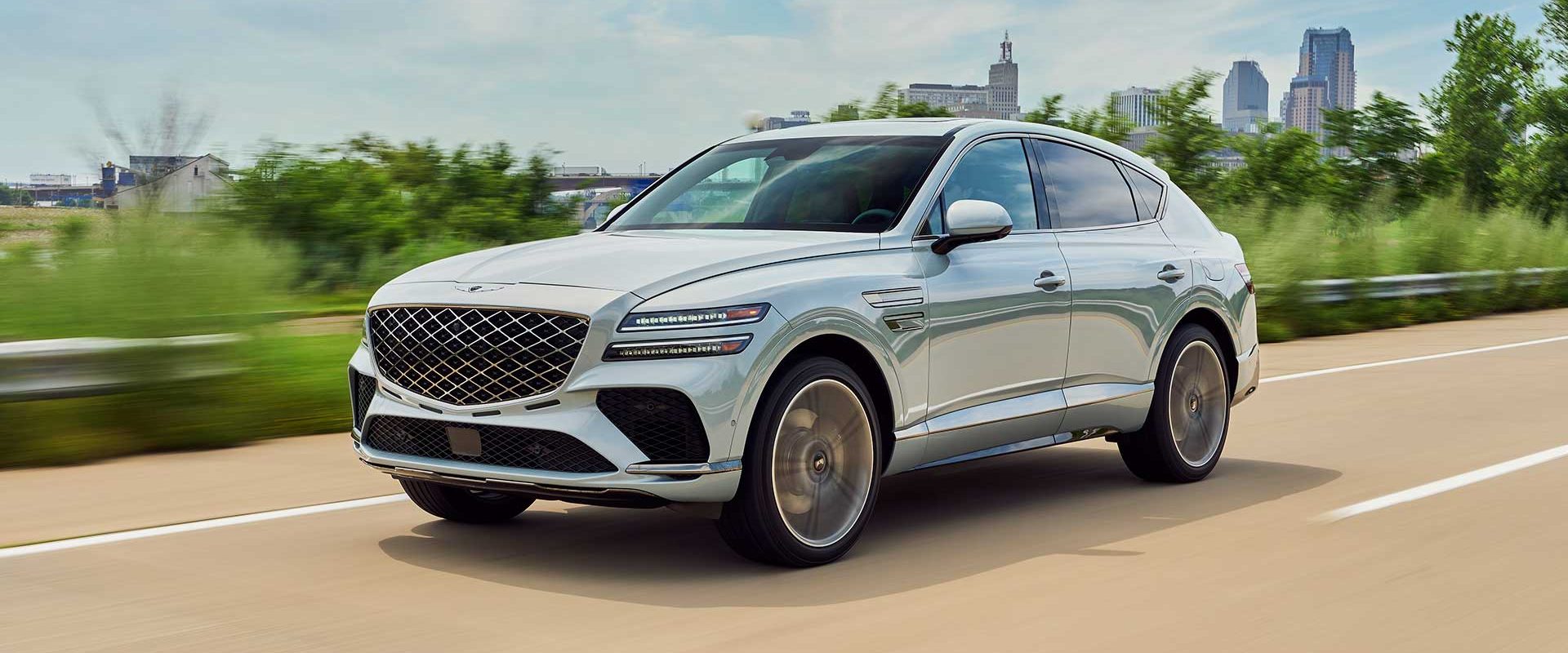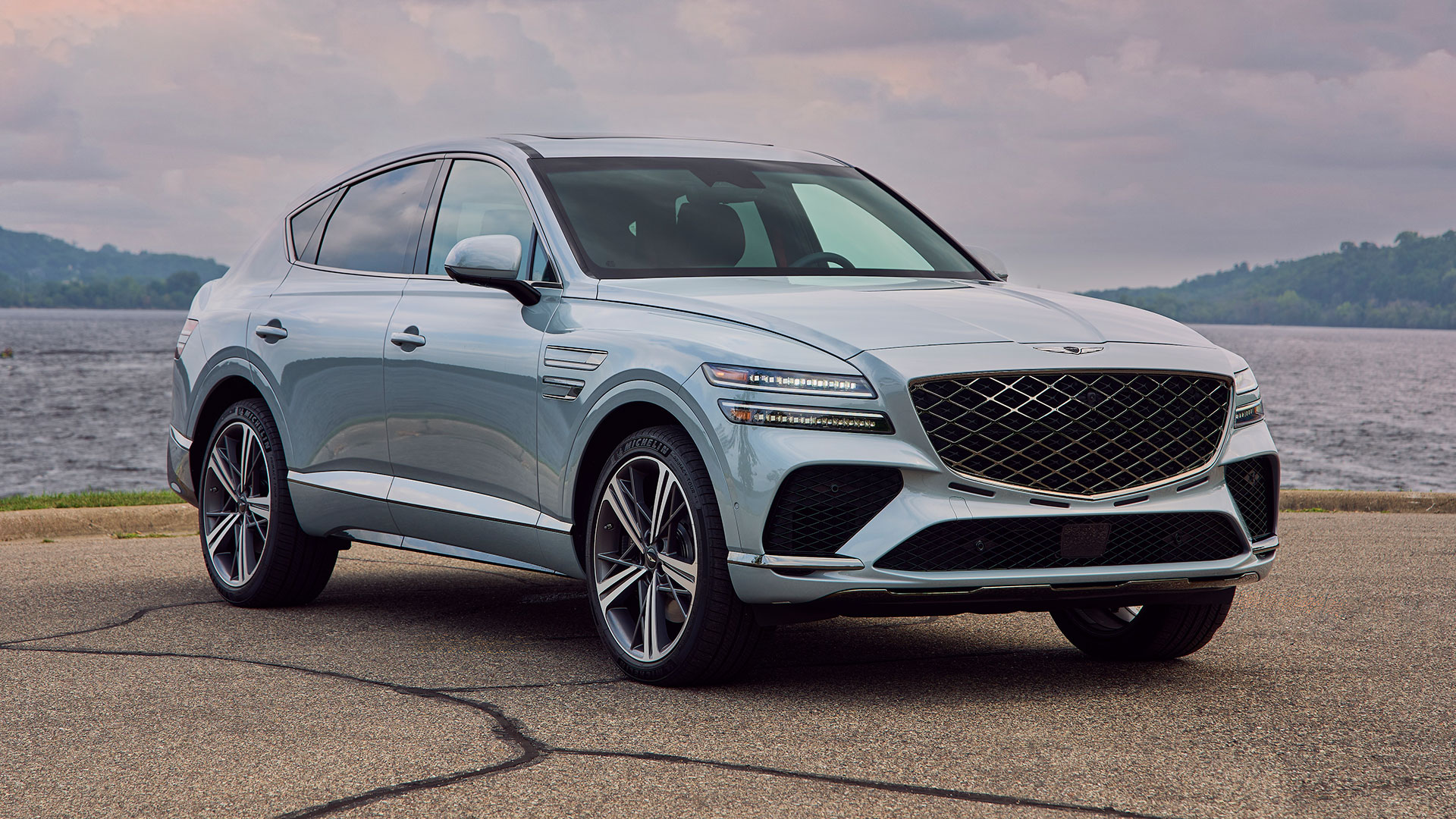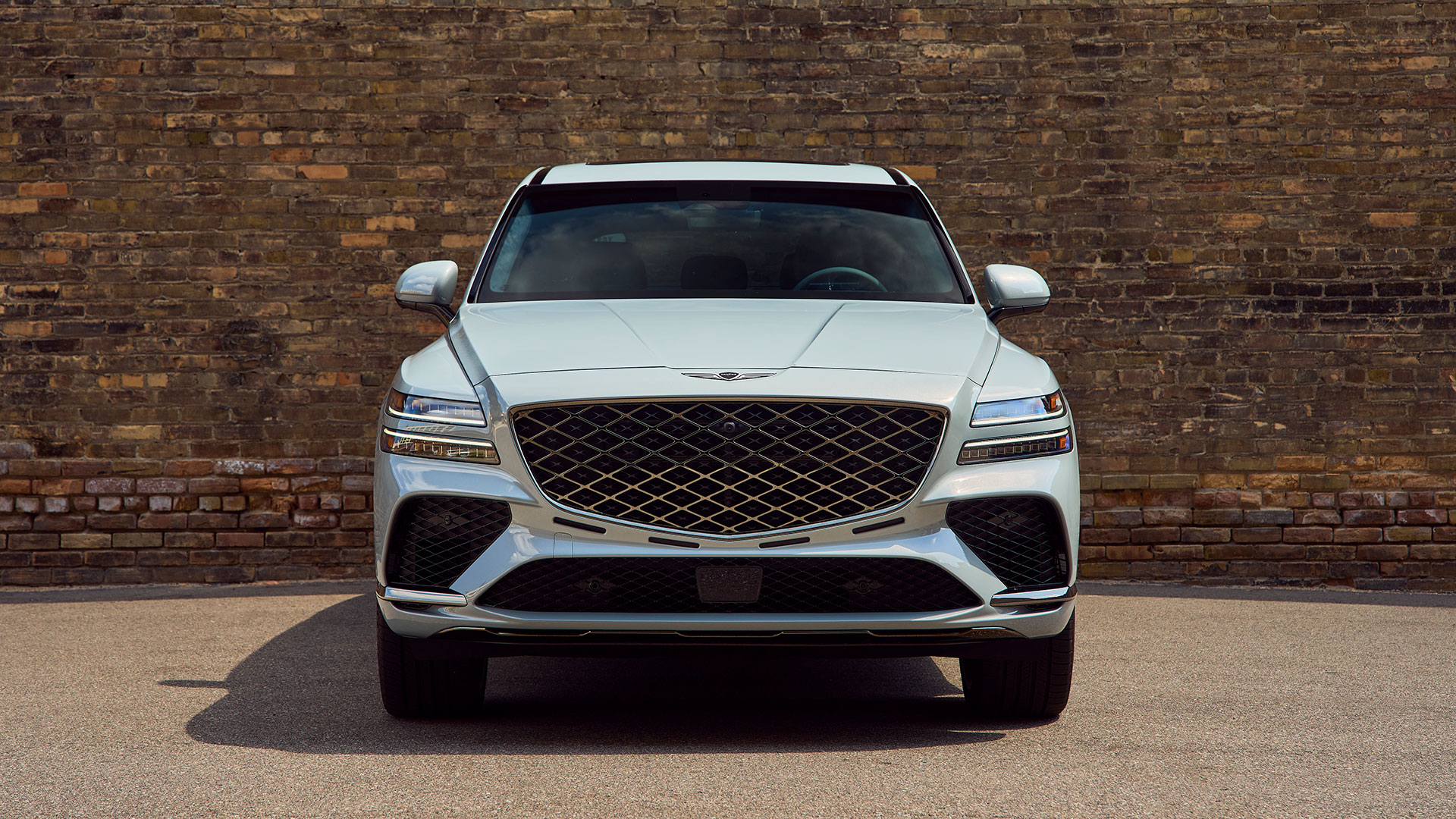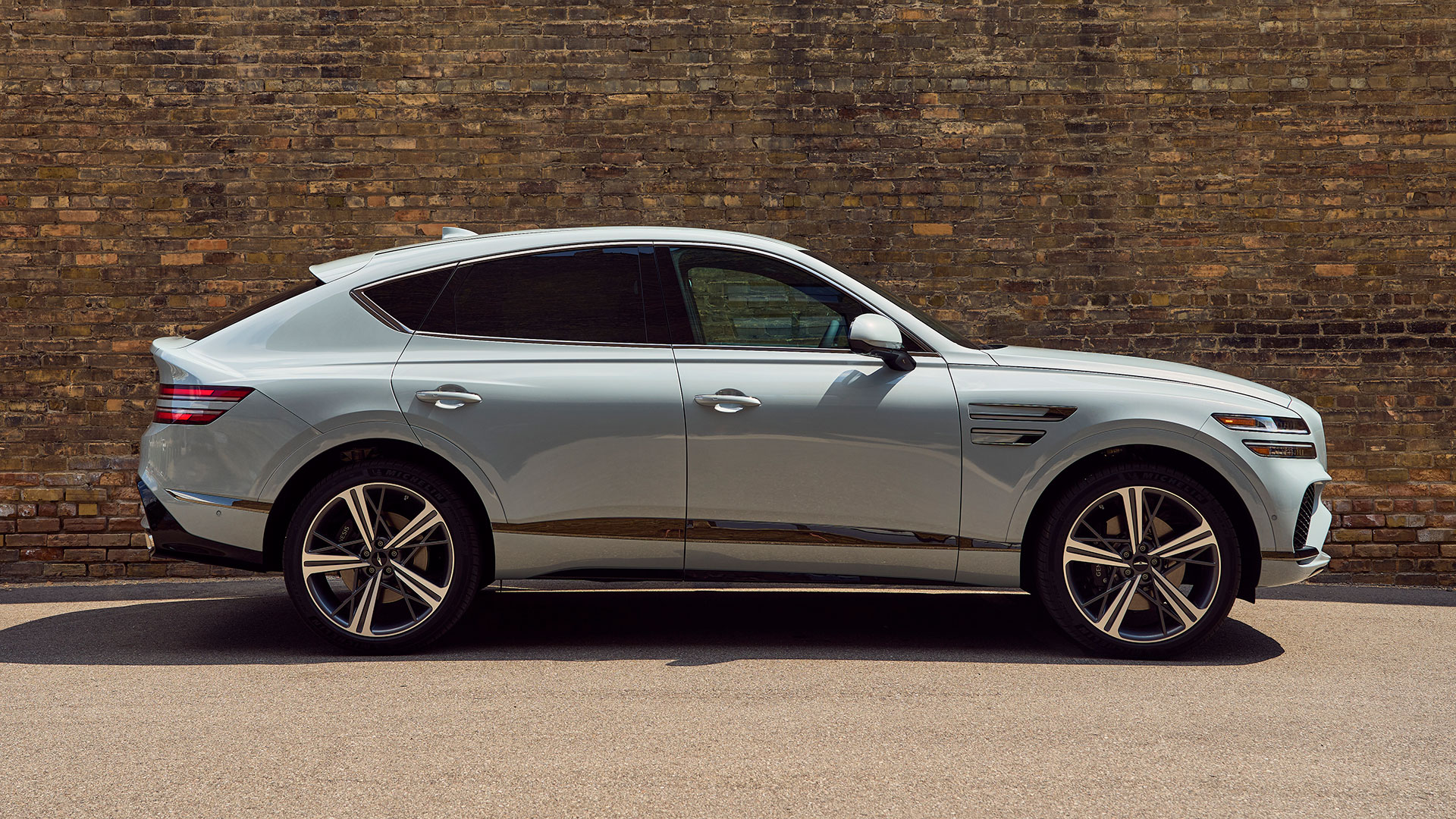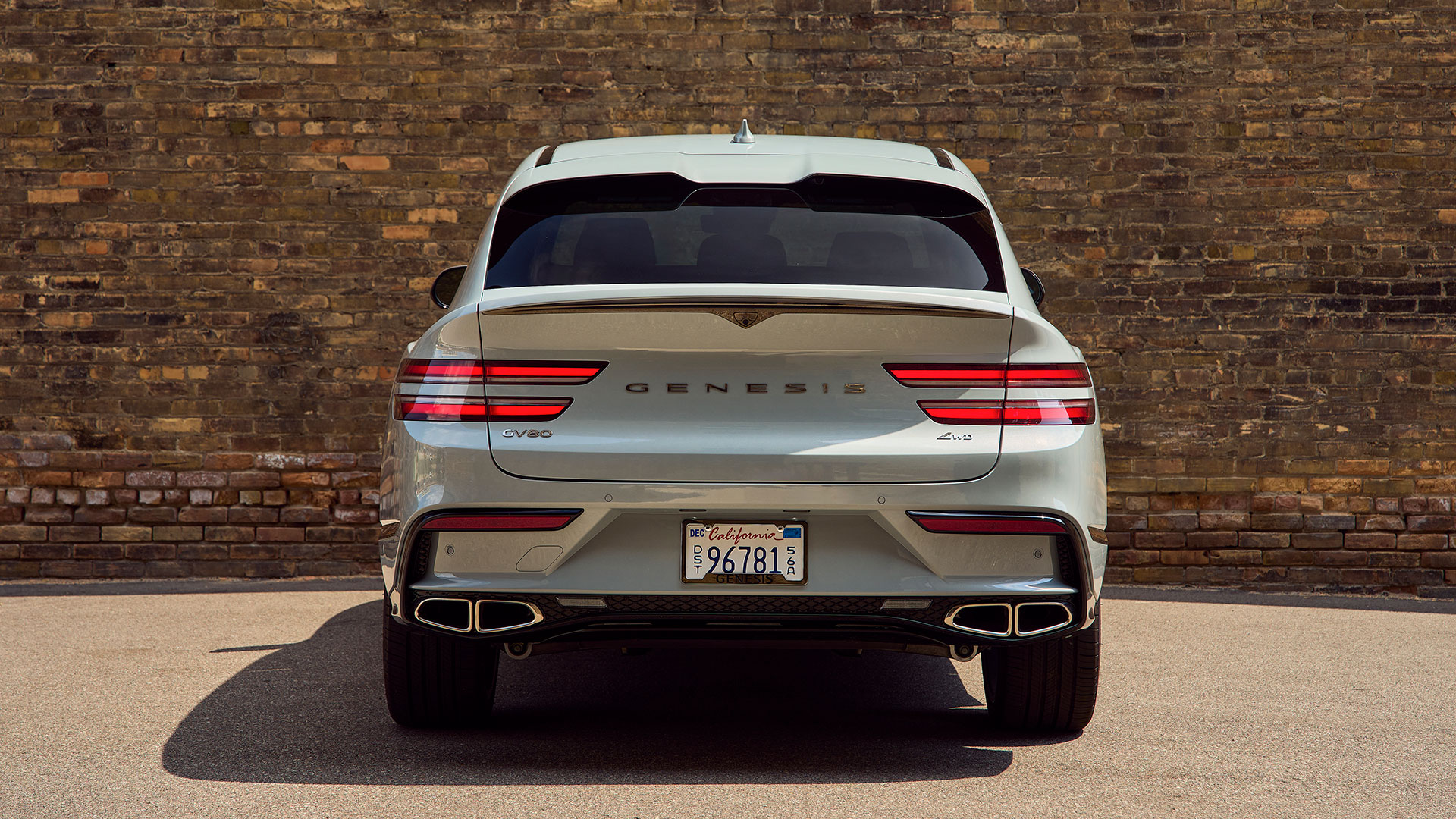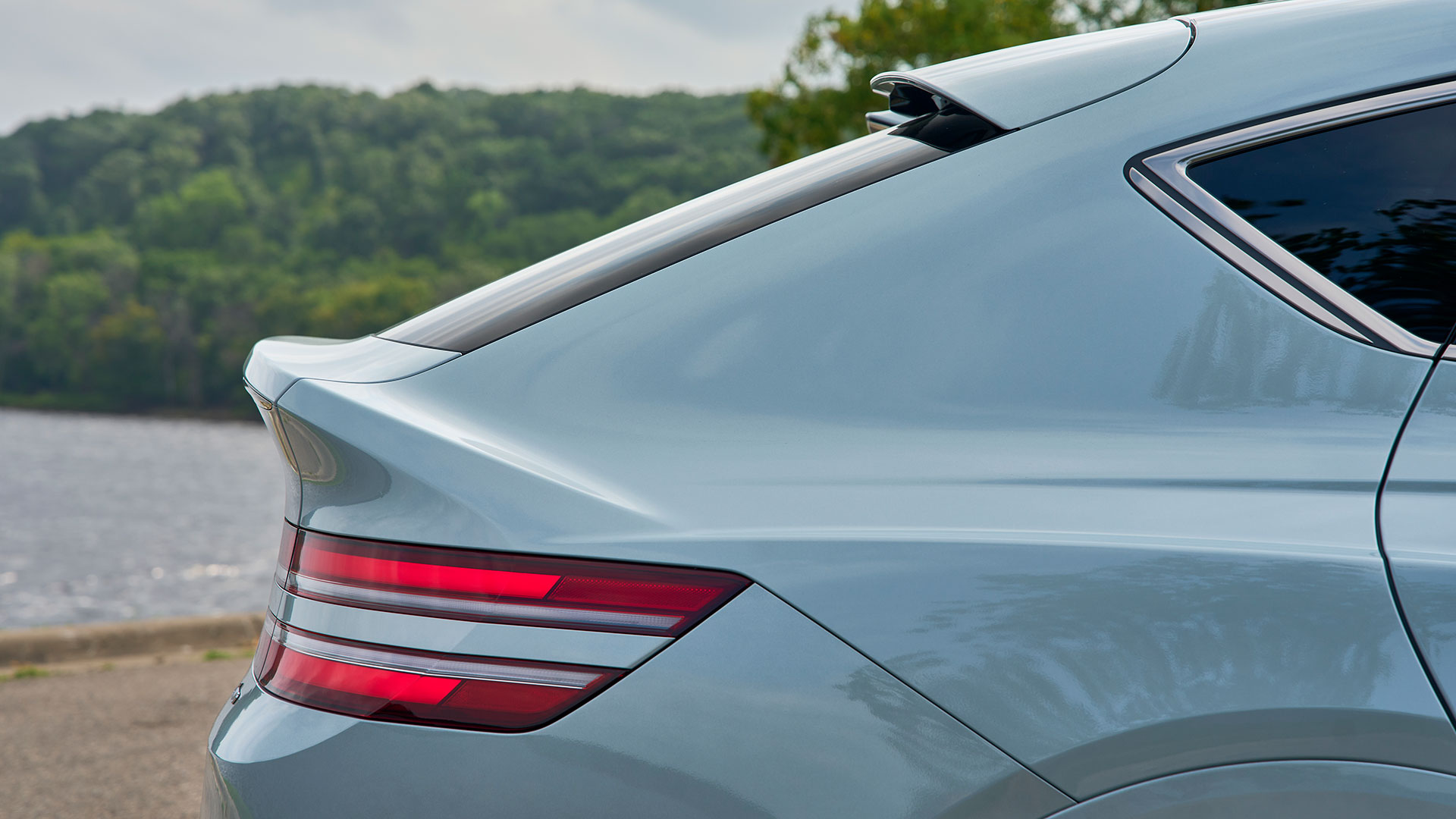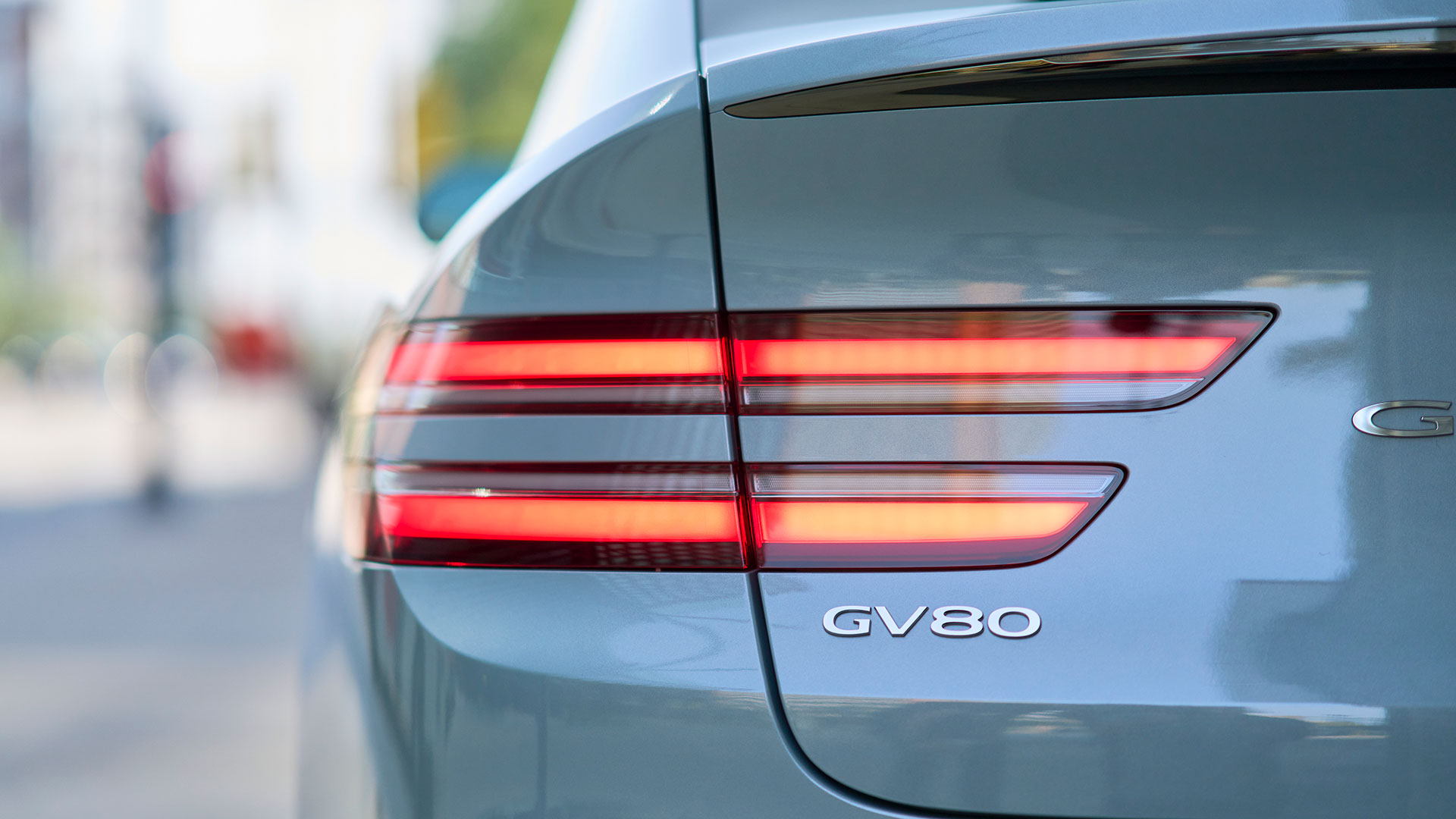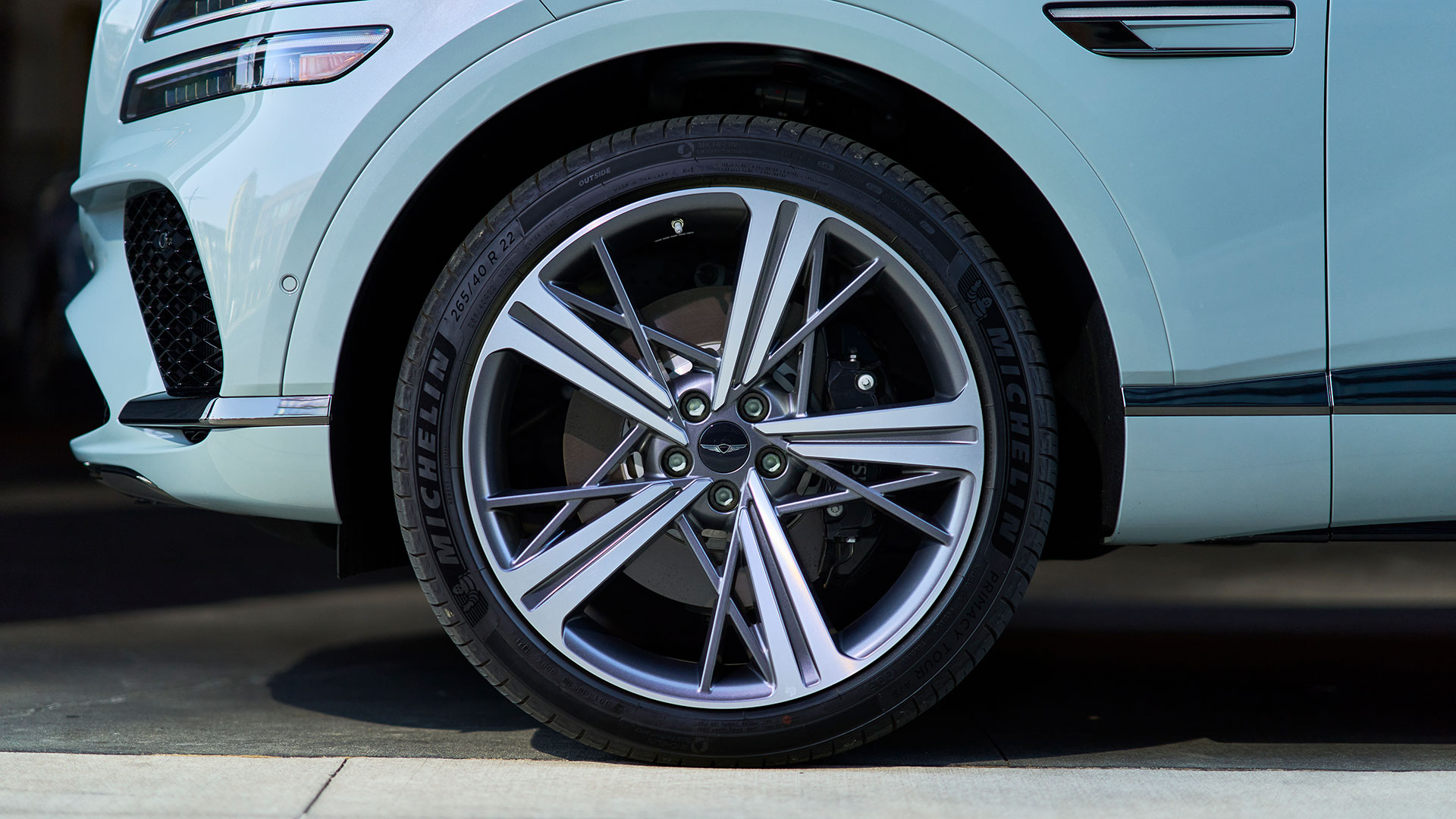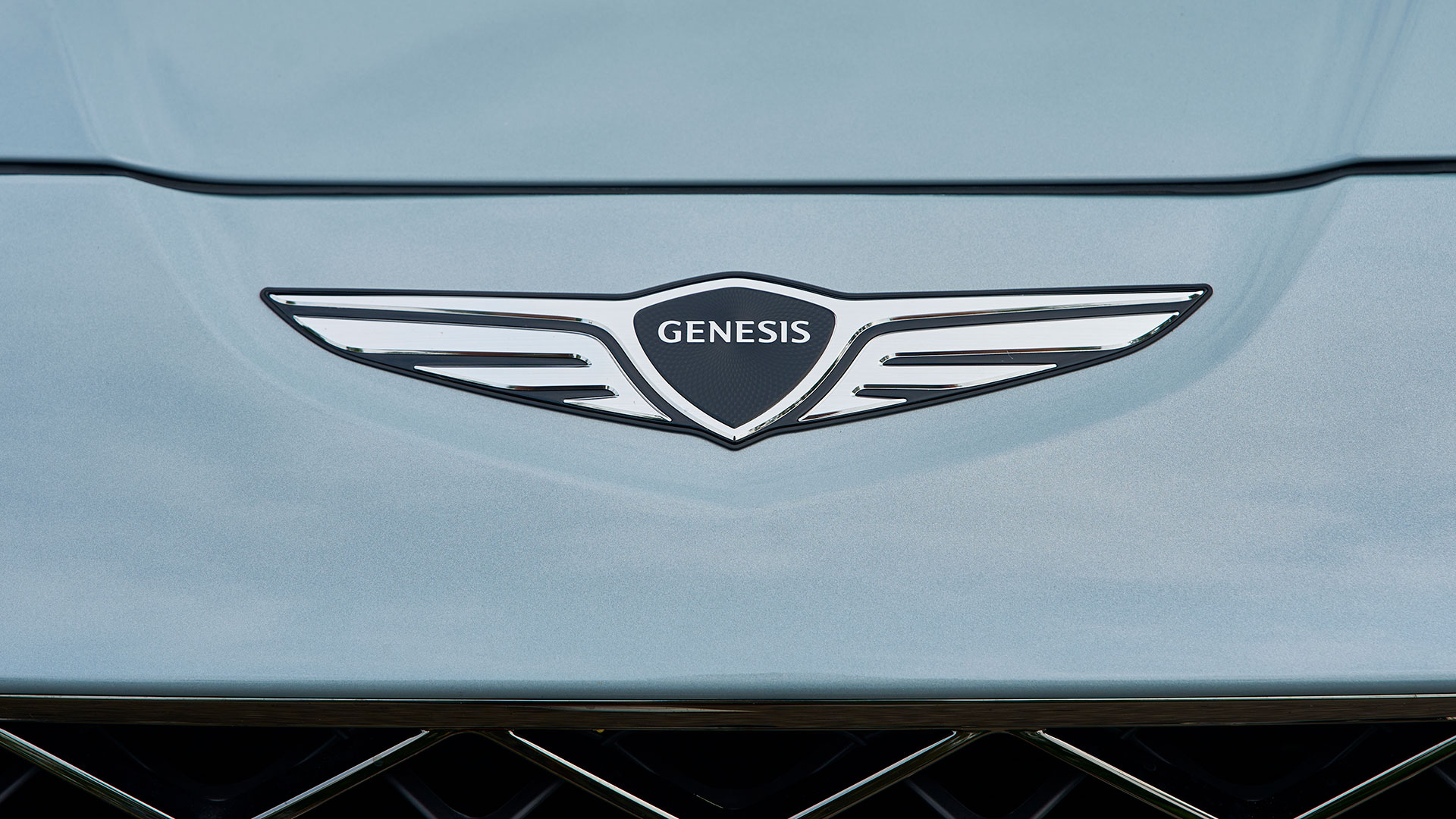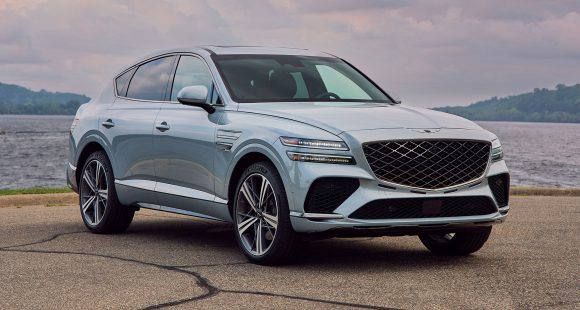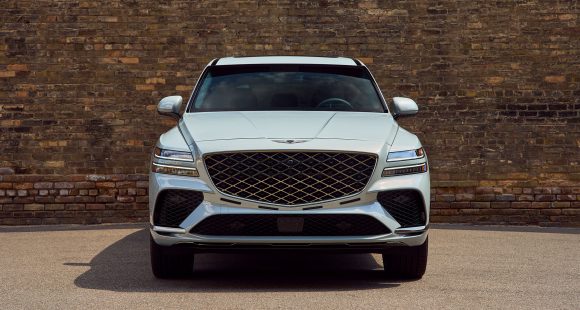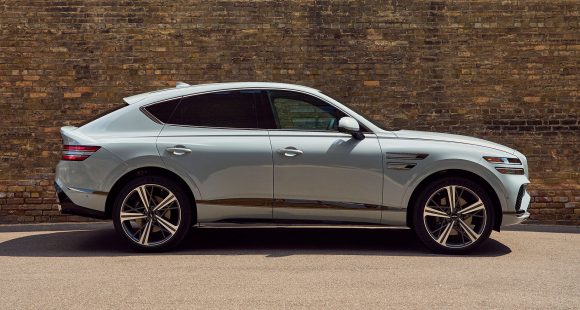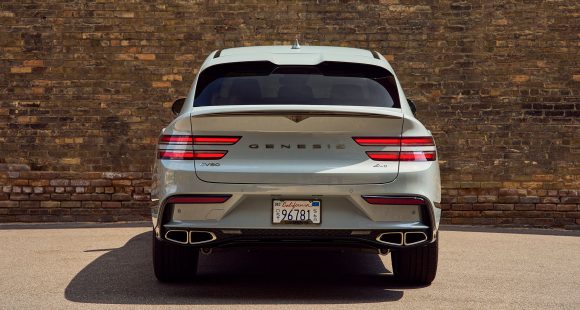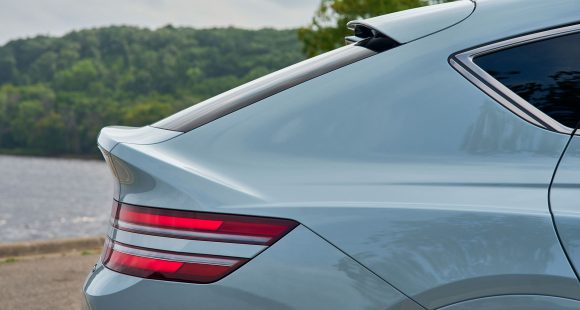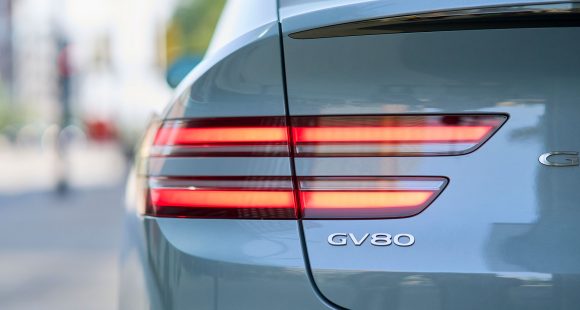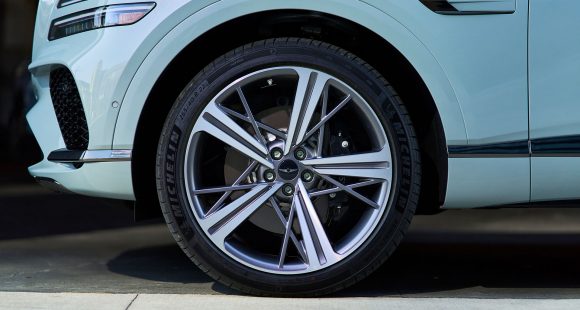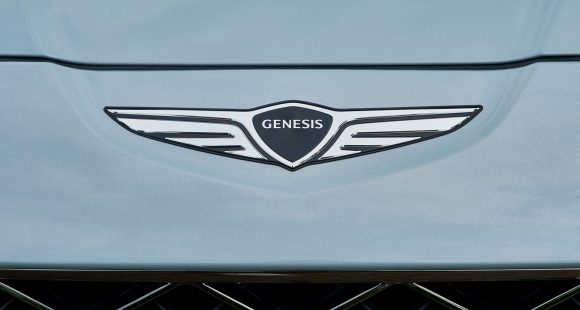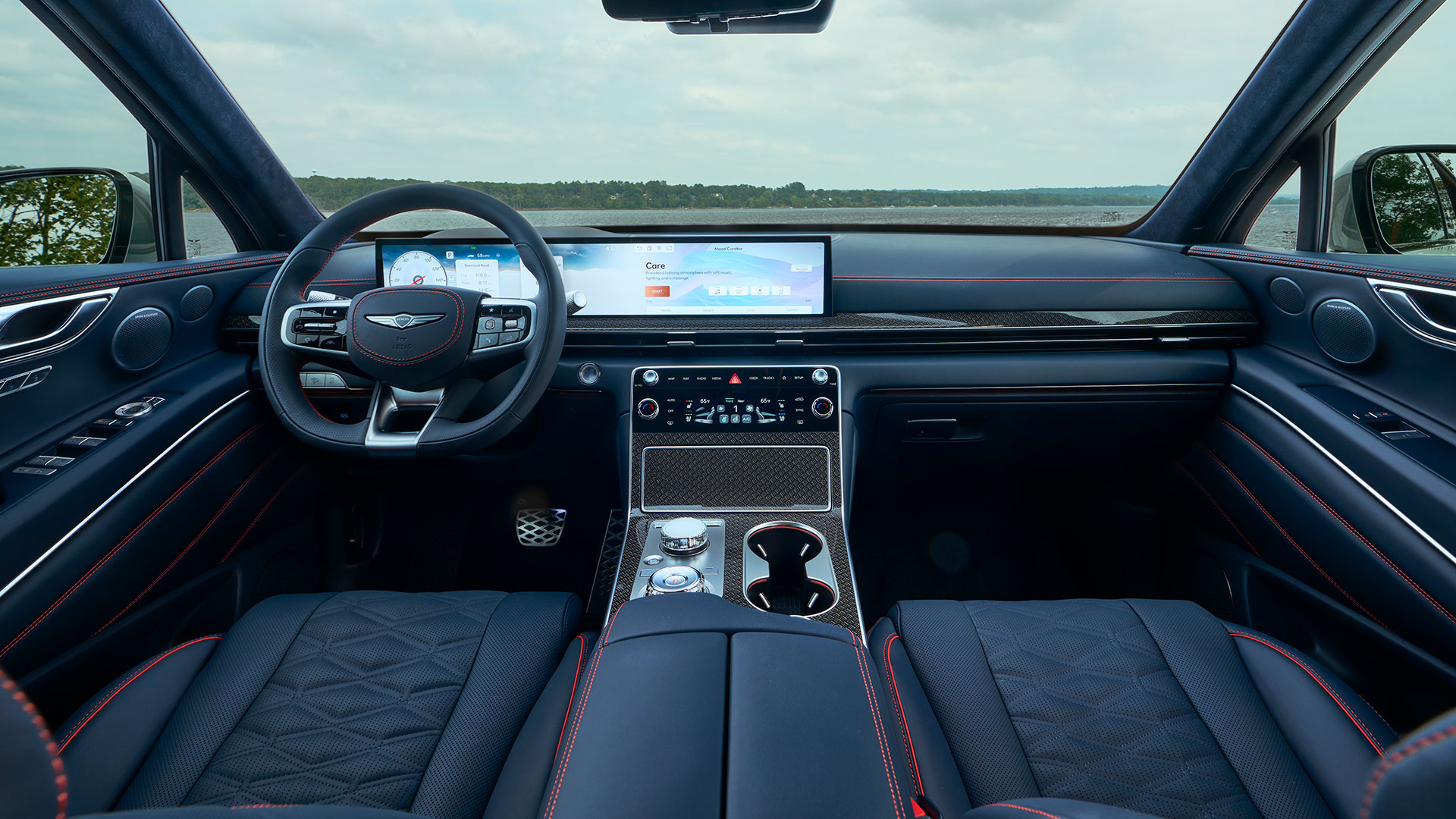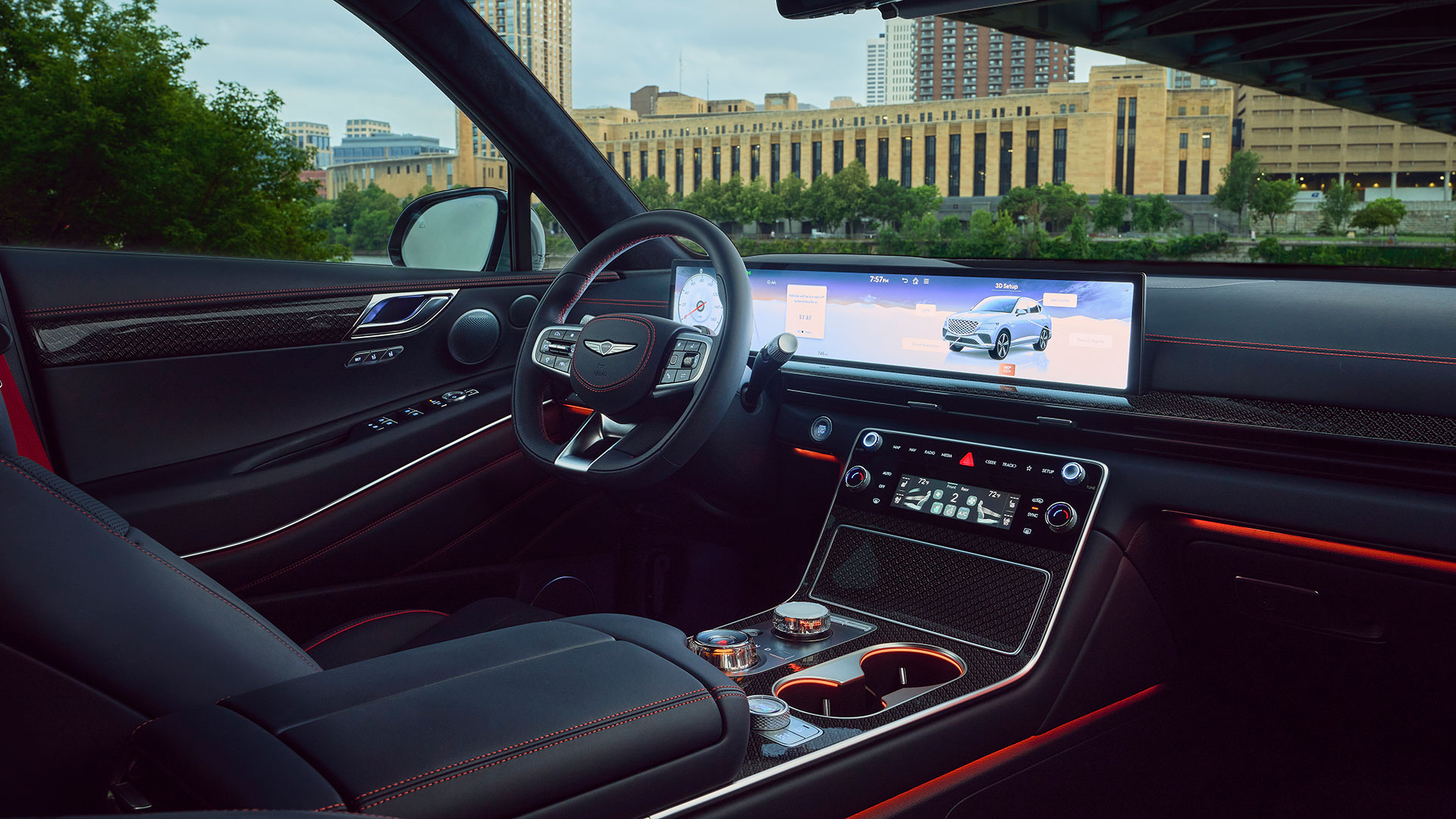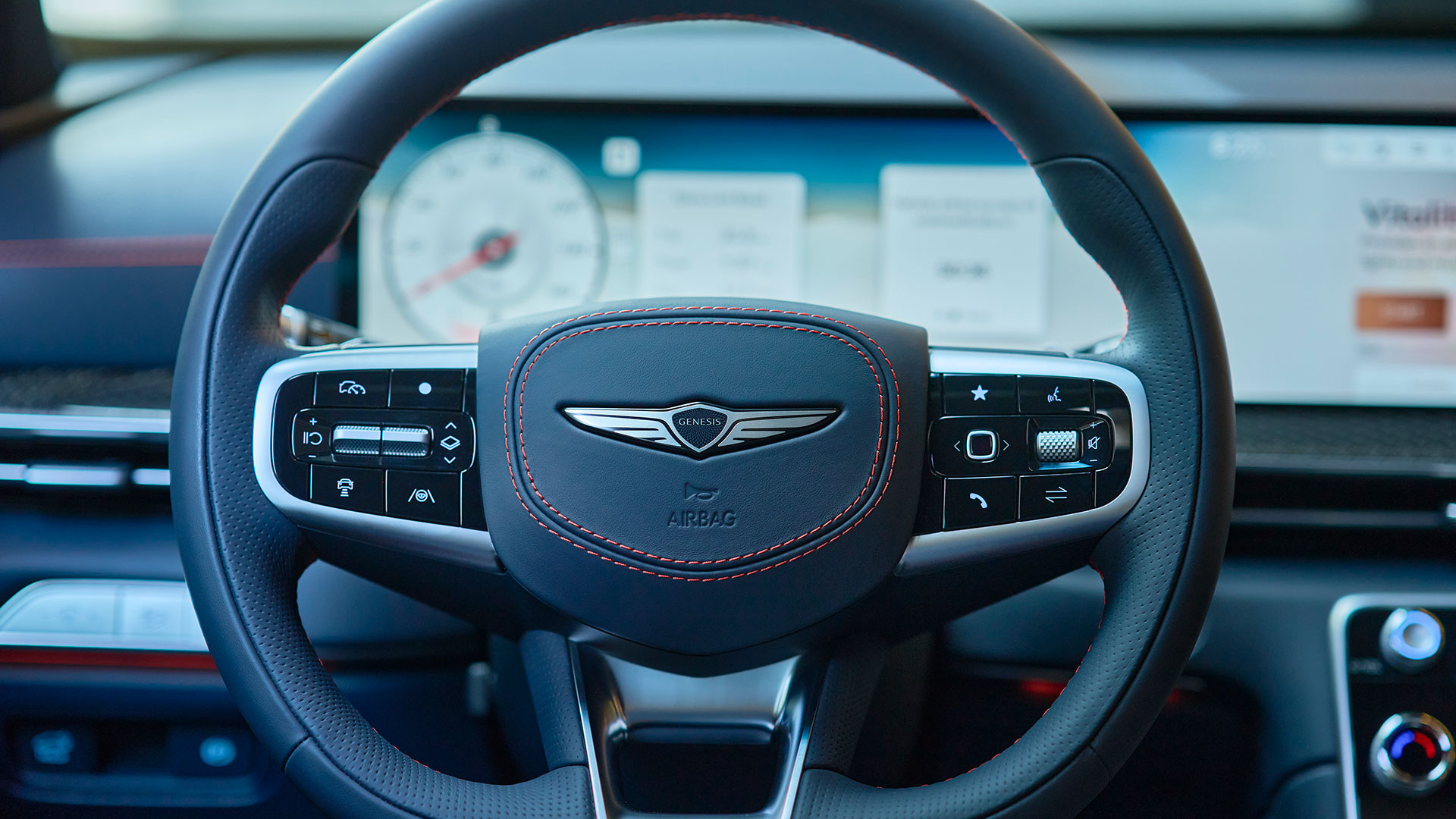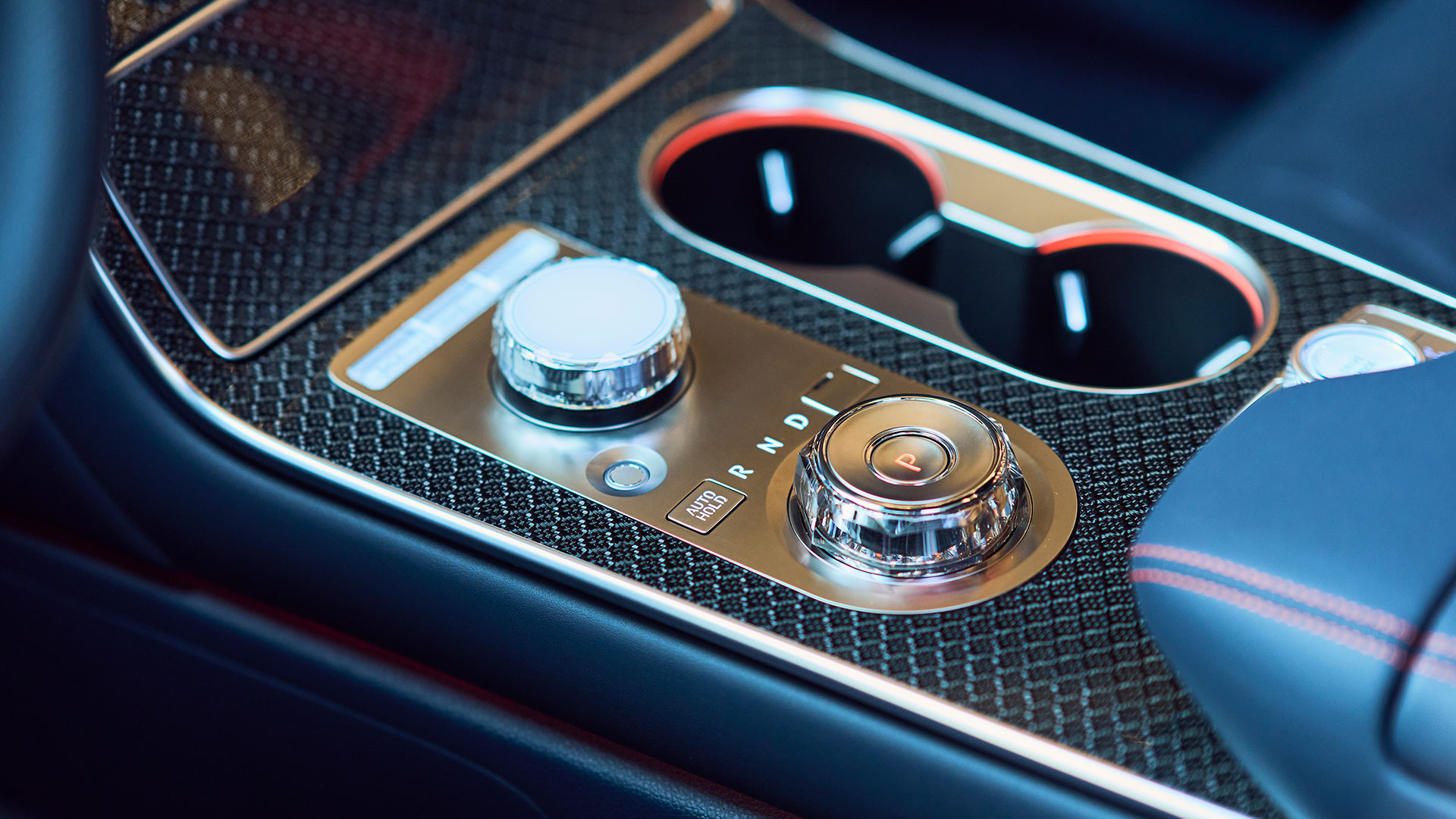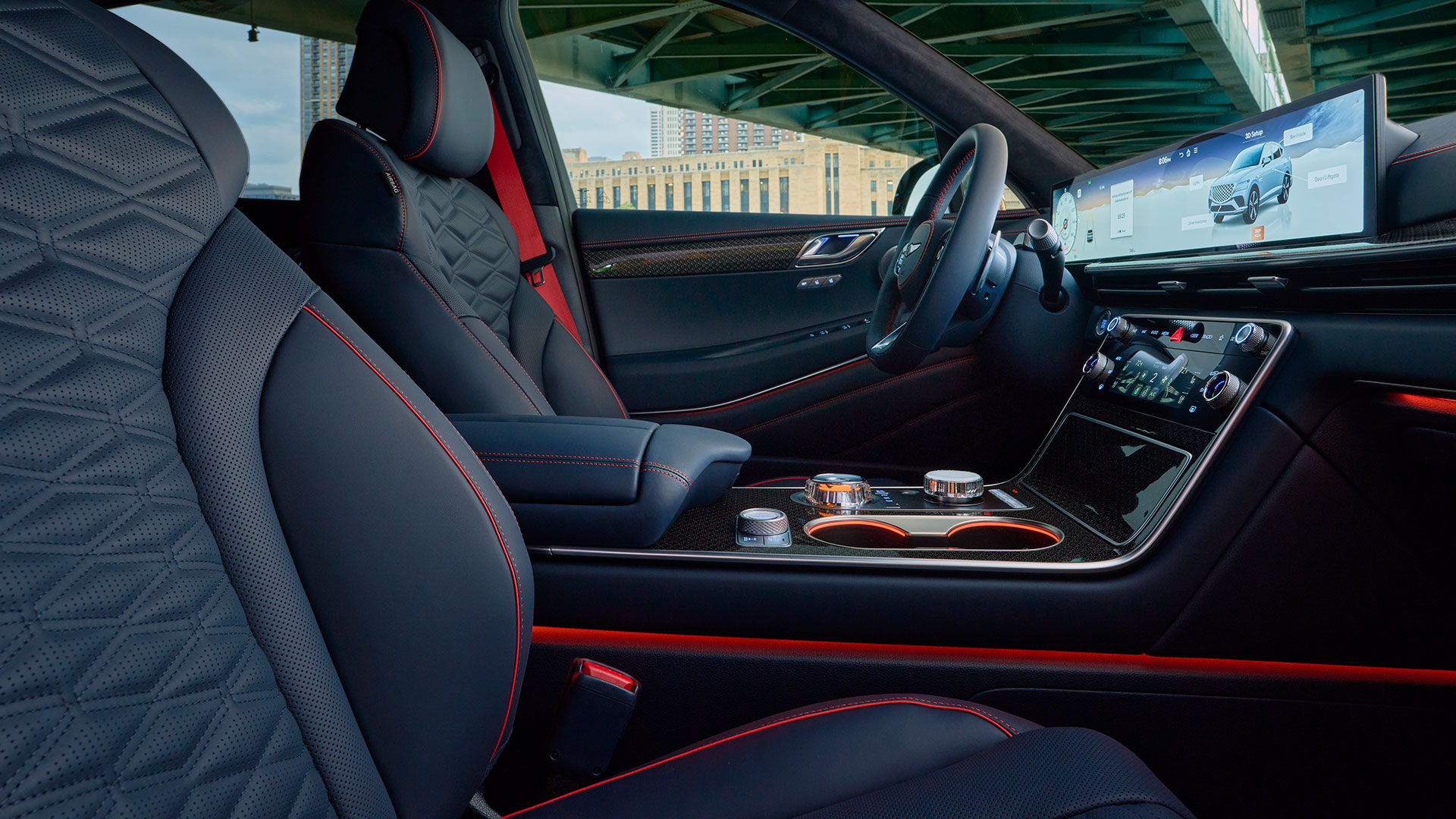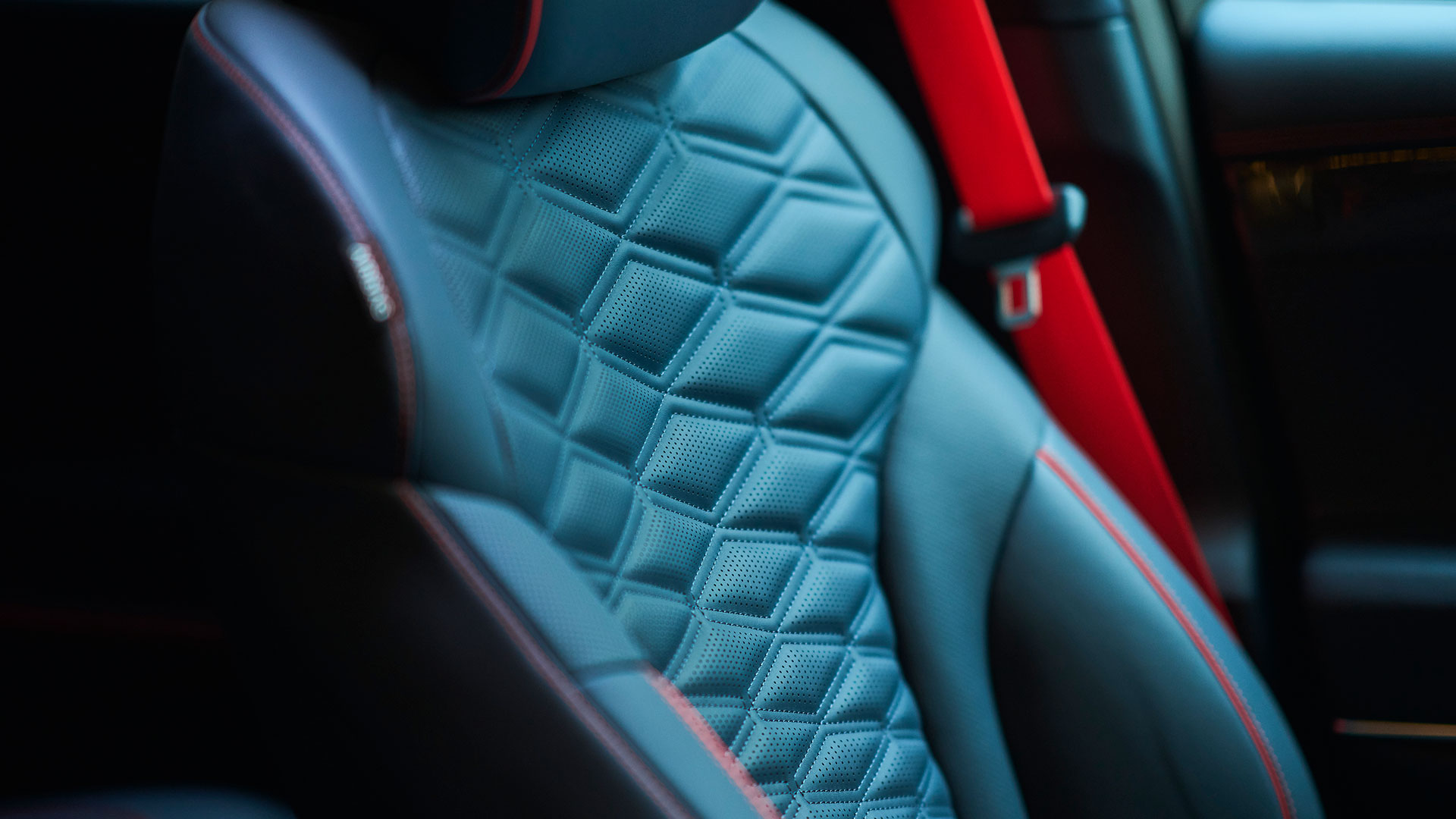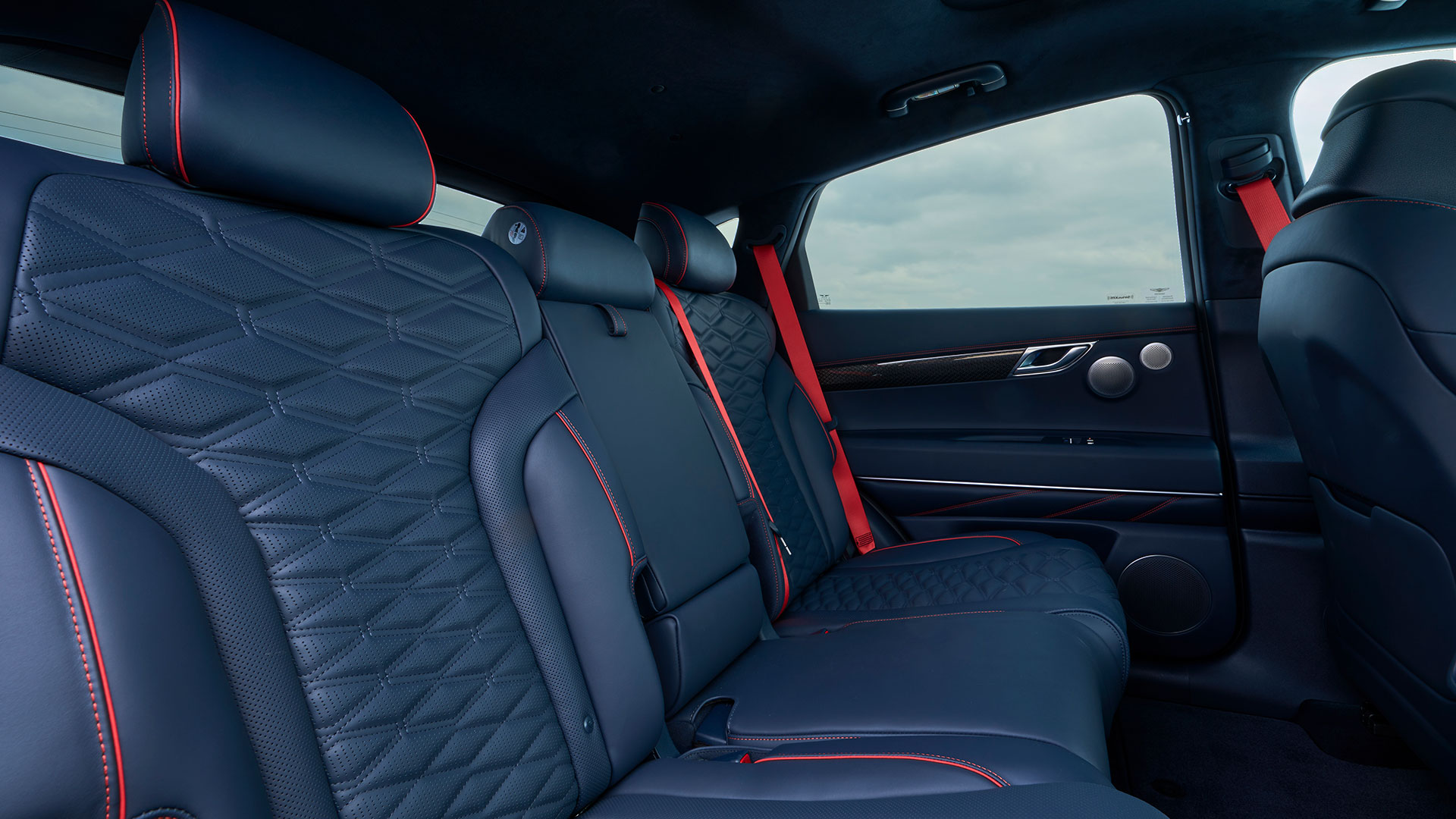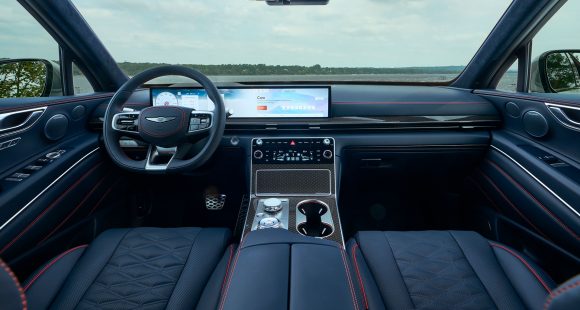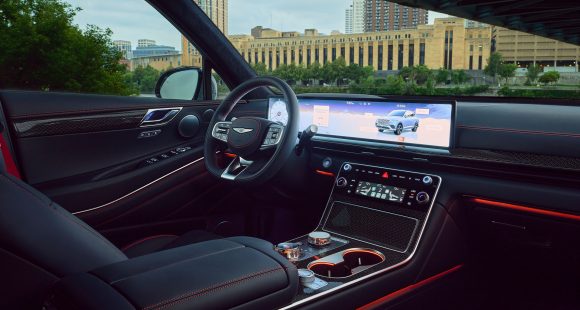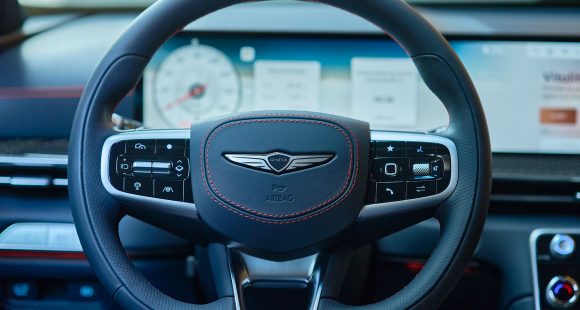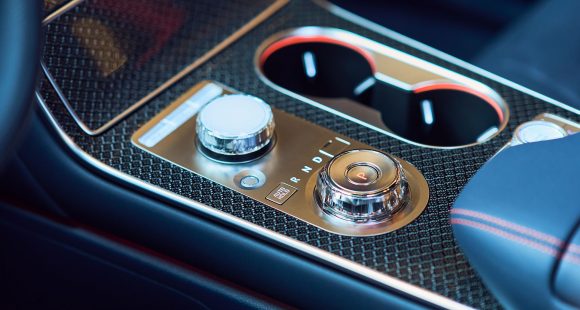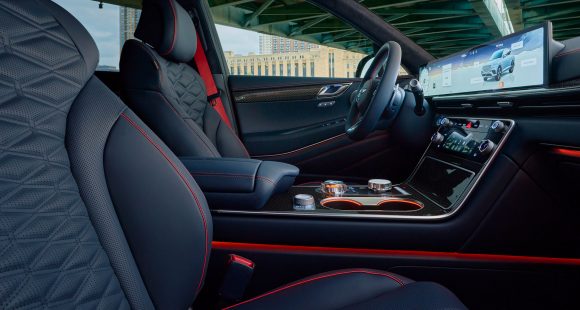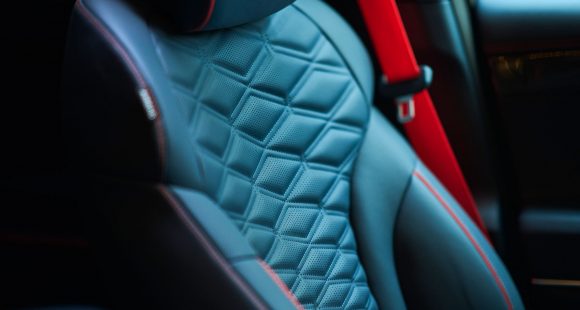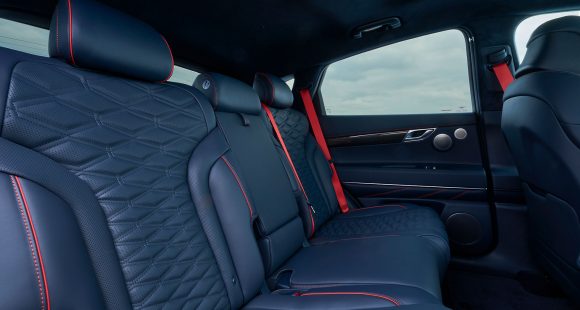2017 Acura MDX Sport Hybrid
When Acura gave the 3rd generation MDX crossover a new look halfway through its lifecycle, it would have been easy to think that was it. But not for Honda’s luxury brand. For this engineering minded company the Sport Hybrid Version of the 2017 MDX is the real headline. Of course the only way to see how well “sport” and “hybrid” work together is to go for a drive.
The 2017 Acura MDX Sport Hybrid is the brand’s first gasoline-electric utility vehicle. In keeping with Acura’s hybrid tradition, the internal combustion engine is matched with three electric motors, like we’ve seen in the RLX Sport Hybrid sedan, and the NSX supercar.
On that score, the MDX closely mirrors the RLX’s all-electric Super-Handling All-Wheel Drive setup with one electric motor up front, and two in the rear.
The rear motors provide both go and sharper turns through torque vectoring, sending cornering power, when needed, to an outside rear wheel, while simultaneously braking an inside rear wheel.
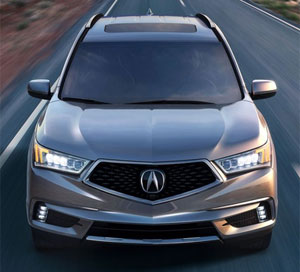 And, just as in the Sport Hybrid RLX, it all works quite seamlessly, as power is constantly being distributed to different wheels in different amounts at all times.
And, just as in the Sport Hybrid RLX, it all works quite seamlessly, as power is constantly being distributed to different wheels in different amounts at all times.
Conventional power is from the well regarded corporate 3.0-liter V6, here rated at 257-horsepower, or 33-less than the 3.5 liter V6 on the standard MDX. But, since this is a hybrid with a trio of electric motors, the total output is boosted to 321-horsepower and 289 lb-ft. of torque.
Up front is a 47kW electric motor, built into the 7-speed DCT transmission. Each rear wheel is driven by a 36kW motor. That draws power from a 72-cell, 1.3-kWh lithium-ion battery pack under the driver’s seat.
The hybrid hardware’s 200 plus pounds of extra weight lowers the Sport Hybrid’s center of gravity by an inch compared to the standard MDX, but actual rough road ground clearance remains the same.
On the twisting roads east of Seattle, Washington, we found that between the near instant power vectoring, and rapid response of the active dampers, the MDX Sport Hybrid easily mastered uphill switchbacks at speed.
The Sport Hybrid adds a 4th drive mode, Sport Plus, making this MDX even more of a driver’s SUV. It disables EV only driving, and adds more battery assist on takeoff.
There are steering wheel mounted paddle shifters, but we didn’t find the DCT needing an extra pair of hands. The SH-AWD torque vectoring is neither seen nor heard. Of course, you can actually see it working on the upper display screen, and certainly can feel it with the Sport Hybrid’s confident road manners in the wet and dry.
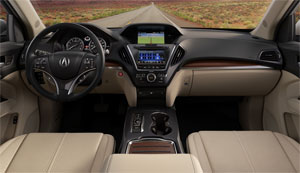 Like all MDXs, the Sport Hybid comes with three row seating, but in only two trims.
Like all MDXs, the Sport Hybid comes with three row seating, but in only two trims.
The Technology Package makes room for seven; Advance has 6 seats with captain’s chairs in the second row.
The front cabin environment maintains the level of understated luxury that we’ve come to expect from Acura. Stainless steel sport pedals are one of the subtle signs that you’re in the Sport Hybrid. All MDXs now include AcuraWatch safety and driver-assistance.
The Sport Hybrid’s technology leaves plenty of practical room inside. Cargo space behind the rear seat remains the same as the standard MDX at 15 cu-ft. That increases to 38.4 cu-ft behind the second row, and 68.4 cu-ft with all the rear seats out of the way.
Outside, the hybrid only reveals itself through a small badge on front fenders…and a blue “S-H” on the Super Handling All-Wheel Drive badge at the rear. The side sills and front and rear skid garnishes are the same color as the body. Other than that, it’s a carbon copy of its gasoline-only twin… including the new and far more attractive diamond pentagon grille.
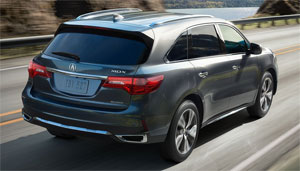 One thing you won’t see here is a trailer hitched to the back. Acura says towing for the MDX Sport Hybrid is “not recommended”.
One thing you won’t see here is a trailer hitched to the back. Acura says towing for the MDX Sport Hybrid is “not recommended”.
Government Fuel Economy Ratings are 26-City, 27-Highway, and 27-Combined. That beats the standard all-wheel drive MDX by 23% Combined and 37% in the city.
The Energy Impact Score is slightly better than average, burning 12.2-barrels of oil yearly with 5.4 -tons of CO2 emissions.
The MDX Sport Hybrid starts at $ 52,935 for Technology and $ 58,975 for Advance. Both are surprisingly only $1,500 more than their regular all-wheel-drive sibling.
We already consider the 2017 Acura MDX one of the best three row crossovers at any price point. With the addition of the Sport Hybrid, and its electrified Super Handling All-Wheel Drive technology, the reach of this luxury laden, family crossover has no equal.
Specifications
- Engine: 3.0 liter
- Horsepower: 321
- Torque: 289 lb-ft.
- EPA: 26 mpg city / 27 mpg highway
- Energy Impact: 12.2 barrels of oil/yr
- CO2 Emissions: 5.4 tons/yr
2025 Genesis GV80 Coupe
Genesis GV80 SUV Upstaged By Stylish New Sidekick
These days if you don’t have a coupe version of your luxury SUV, you’re not trying hard enough. And that’s something that Hyundai and their luxury division Genesis could never be accused of. So, let’s go for a spin in the latest oh so stylish GV utility from Genesis.
The 2025 model year brings an updated midsize Genesis GV80 utility, which we recently put to the test. It also brings this sloped roof Coupe cousin along with it, which adds much more than just some athletic proportions to the luxury crossover party.
But, let’s start with the GV80’s already gorgeous styling, which received a new 2-line crest grille and updated lighting for ’25. Naturally this Coupe has a more severely sloped roofline that leads to a hatchback-like tail with an integrated kick-up spoiler.
Adding the final bit of garnish are 20 and 22-inch wheel options that are not available on the standard SUV. It looks fantastic overall; sportier, but still very luxurious, fitting right in with the Bentley’s and Benz’s at the valet line of whatever latest “it” restaurant or hotel you drive up to.
Even more appealing to us is what’s under the GV80 Coupe’s long hood, a new optional twin-turbo 3.5-liter V6 with an e-Supercharger.
This 48-volt power booster is in place to fill in any gaps in power delivery from the turbos as well as feed in a little additional boost, increasing the standard V6 output from 375-horsepower and 391 lb-ft. of torque to 409-horsepower and 405 lb-ft. E-supercharged models come with black painted brake calipers and quad exhaust tips. Power is distributed through an 8-speed automatic transmission to standard all-wheel-drive.
While it mostly shares the GV80’s updated interior, there are a few exclusive details that come with the Coupe. The Nappa leather seats get a unique stitching pattern, and just to emphasis the sporty mission, there’s available carbon-fiber trim to replace the usual wood appliques, a 2-tone flat-bottom steering wheel, and added metal accents on the pedals. Cargo capacity does take a hit, falling nearly 20% from 36.5 to 30.3 cubic-ft., expanding to 62.1 with the rear seatbacks down.
Understeer was minor and well-controllable, allowing us to keep up a good pace through the cones.
To go along with the sportier details and boost in power, GV80 Coupes with the e-supercharger also get an added Sport+ drive mode that dials back stability control intrusion, provides a more aggressive transmission tune, and tightens up steering. Through the handling course at our Mason Dixon Dragway proving grounds, the GV80 Coupe did still exhibit a lot of body roll, but understeer was minor and well-controllable, allowing us to keep up a good pace through the cones.
Checking out that new powertrain was next on the list, and we could indeed feel a little something extra off the line, but then just as quickly, it settled down and we reached 60 in the exact same 5.6-seconds we achieved in the 3.5 twin-turbo GV80 SUV without the e-supercharger.
There was no drop off in power throughout the ¼-mile run however, and shifts were quick but still very smooth. All in all, it was a swift and luxurious 14.2-second trip to the end of the track, at which point we were travelling 100 miles-per-hour and the GV80 Coupe felt like it was just getting started.
In braking runs, that soft suspension did lend itself to some significant nosedive, but there was a surprising amount of feedback through the vehicle, and stops from 60 were stable and steady, averaging a very short 98-feet.
Government Fuel Economy Ratings are slightly improved compared to the GV80 SUV’s V6 at 18-City, 22-Highway, and 20-Combined. But that’s still a slightly below average Energy Impact Score; consuming 14.9-barrels of oil yearly while emitting 7.5-tons of CO2.
Pricing starts at $81,300, which is only $150 more than the top GV80 SUV, opting for the e-supercharged turbo-6, which for now is exclusive to the Coupe, takes it to $87,100.
Genesis continues to stake their claim in the luxury vehicle landscape. Coupe-style SUVs may have limited practicality compared to the SUVs they’re based on, but for better or worse, they’ve not only become an important part of almost all luxury carmaker’s portfolios but are quickly becoming the status symbols of their brands. The Genesis GV80 Coupe is well equipped to be just that for Genesis.
Specifications
As Tested
- Engine: 3.5-liter twin-turbo V6
- Transmission: 8-speed automatic
- Horsepower: 409
- Torque: 405 lb-ft.
- EPA: 18 City | 22 Highway | 20 Combined
- 0-60 mph: 5.6 seconds
- 1/4 Mile: 14.2 seconds at 100 mph
- Braking, 60-0 (avg.): 98 feet
- MW Fuel Economy: 22.9 MPG (Premium)







